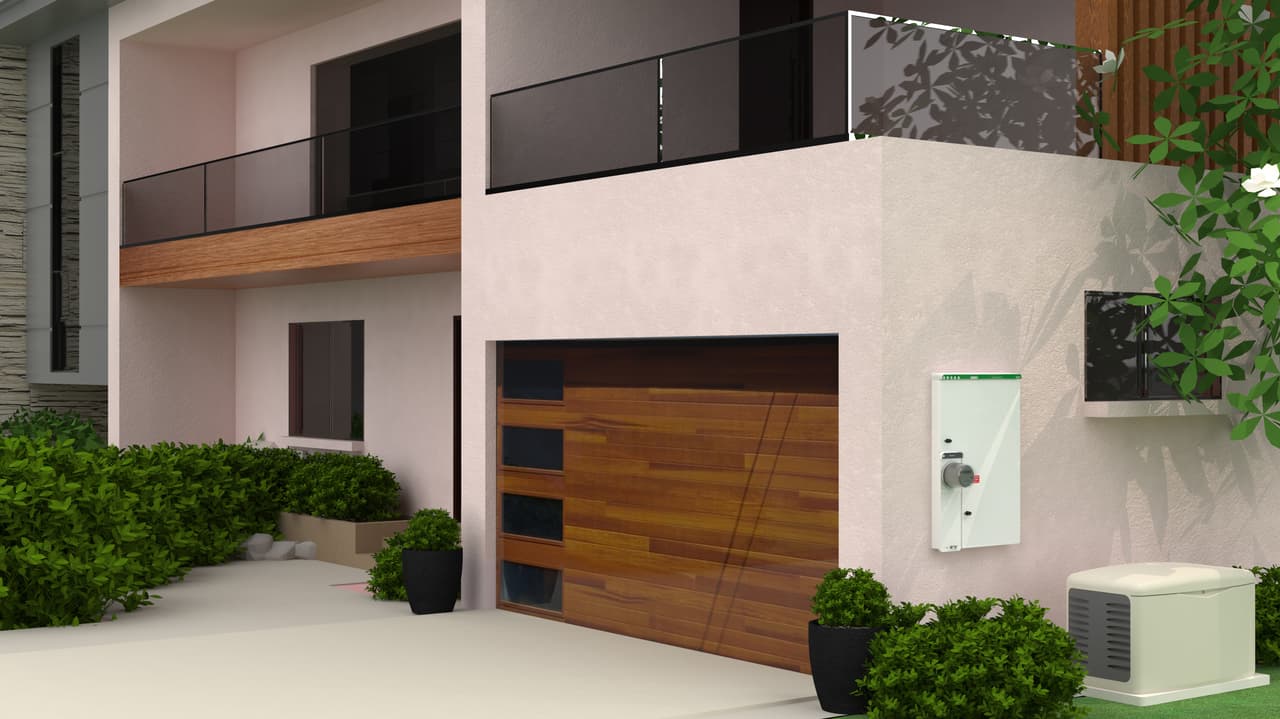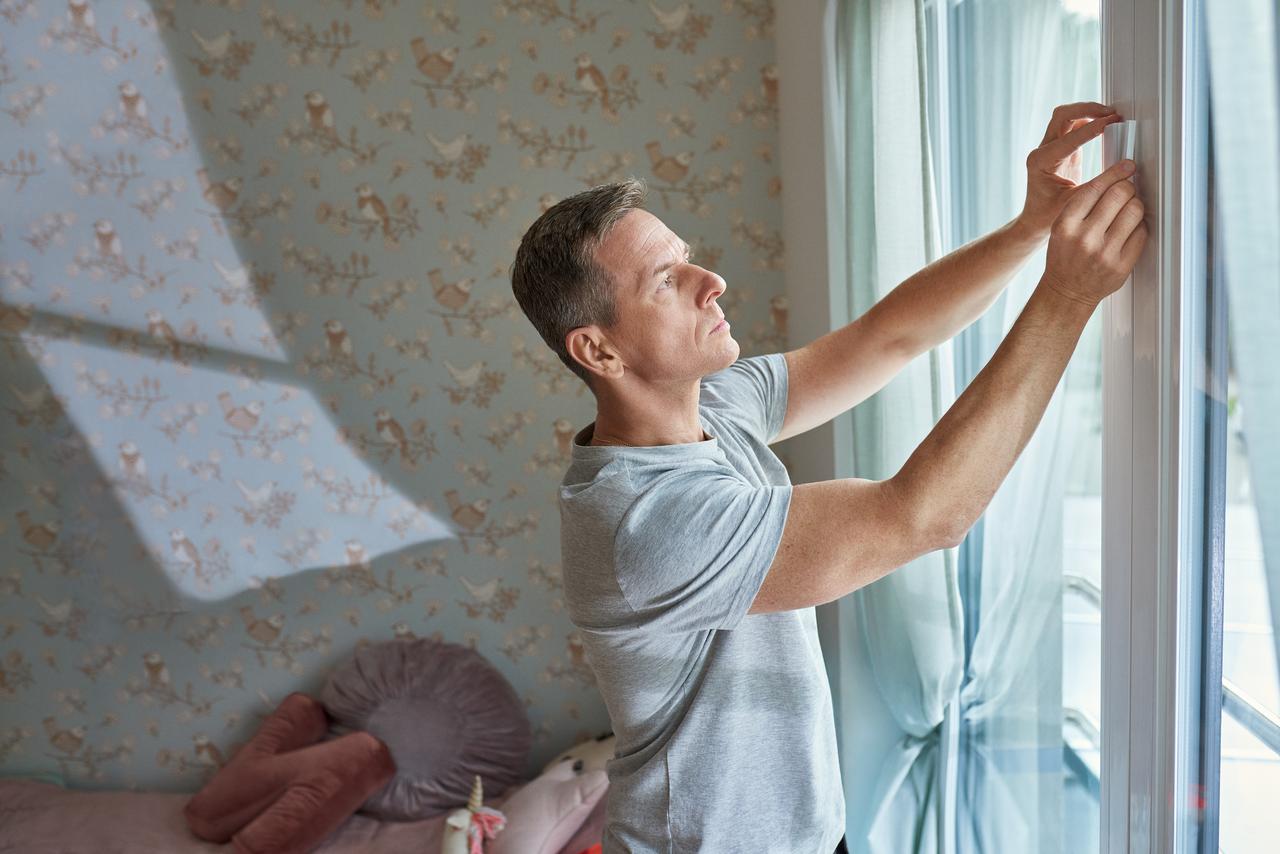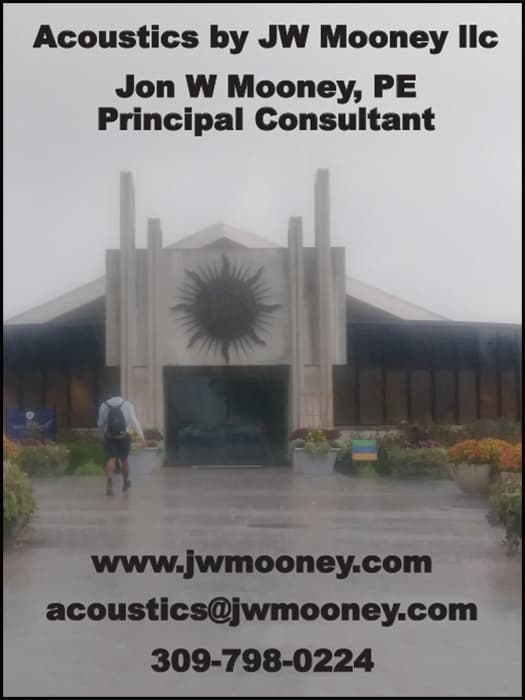Reducing
Energy Footprint
Sustainable construction extends beyond the building process.
By Rich Korthauer
Looking at residential construction trends over the past 20 years, there’s been a significant shift in the values of both homeowners and construction companies. In the past, many contractors aimed to build the most cost-effective homes possible, while paying no mind to energy efficiency. This is no longer the case, with forward-looking contractors understanding that reducing the energy footprint of homes over the longer term must be at the forefront of the building process.
While many construction companies have adopted sustainable practices to take a proactive role in fighting climate change or comply with new regulations, there has also been a swing in the market and consumer preferences driving the change in mindset. Millennials, for example, make up the largest share of homebuyers—at an unprecedented 50 percent—and they’re more sustainability-minded than their predecessors.
For homebuilders, this means it’s no longer enough to use sustainable materials during the construction process—that’s now table stakes. Now, if construction companies want to become industry leaders in sustainability, they must think about how they can extend their impact beyond the initial build. The real differentiators come with building homes that enable their occupants to live a more sustainable life.
The New Age of Conscious Homeowners
A decade ago, most homeowners cared about square-footage, the more of it the better. Today, priorities look a bit different. The homeowner in 2021 more frequently cares about the quality of space in the home than the quantity. With utility prices on the rise, they also care about the cost to maintain this space.
If builders and contractors continue to build homes the old way, prioritizing cost-effectiveness over sustainability, they’re going to face a lot of questions about maintenance and ownership costs from perspective buyers once the home enters the market. Similar to buying a car, potential buyers are now more concerned with the costs to own the home than they are about its size. In some cases, the same large physical footprint that used to attract buyers will now be a detriment, as larger homes take more energy to maintain. Without systems in place to help homeowners monitor and keep these costs in check, these homes can be much less desirable in the market.
Millennial buyers want their homes to be connected—and not just for convenience or entertainment. They’re looking for built-in systems that allow them to protect their property and manage their energy use. This could mean a system that leverages connected devices to detect a leak in the home before it leads to a wallet-breaking water bill, or a device that lets them see how much energy their appliances are using so they can turn them off when not in use or time their replacement before costs get out of hand due to energy inefficiencies. These connected systems like these add value to the home and have positive environmental impact.

Regulation Should be a Baseline
Outside of new consumer preferences, new regulations and environmental pressures are changing the way forward-looking construction companies view the homebuilding and remodeling process. On the regulatory side, new pressure exists to build sustainably—in some places it’s required by law.
Look no further than the solar mandate in California–Title 24, which requires every new home to be built with solar capabilities. Builders looking to be on the leading edge know that merely following the code here is not enough. They need to take it a step further and build homes with higher performing solar systems that, although more costly to build, add value for the homeowner for years to come and positively impact the environment.
Home Resiliency on the Rise
Beyond government regulation, there are even larger forces at play. Major weather events are becoming more frequent and extreme. The storms in Texas earlier this year that caused the power grid to fail leaving some residents without power for weeks are a prime example. California is similarly plagued, where wildfire season puts utility availability into question on a yearly basis.
This has pushed home resiliency to a top priority for homeowners, and it’s not limited to those living in headline-making states. Anyone living in a remote location faces questions of power grid reliability. Contractors that understand these concerns and incorporate resiliency-boosting solutions into homes they build will lead the industry. This means incorporating solar and generators into homes, even when not required by law. It means arming homeowners with the tools they’ll need from the day they move-in that will optimize their energy sources easily to improve their resiliency and get through a potential blackout.



Up Leveling Sustainability with Technology
To adapt to shifting market demands around sustainability and resiliency, homebuilders need to look beyond the basics. The need for sustainability doesn’t end when the construction crew leaves the site. Using eco-friendly building materials is just the start and they need to be coupled with technology systems that allow homeowners to reduce their environmental impacts while living in the home.
Home insulation and air quality are great examples. Many contractors are starting to use sustainable insulation materials like hemp wool instead of fiberglass. With well-insulated homes, however, comes the need to proactively filter the air. Some builders have begun using sustainably sourced materials that have lower volatile organic compounds—wood, paint, etc.—to help increase air quality in the home.
Taking it a step further, they should focus on improving the HVAC system in the home by adding a system that metrics air coming into the house to provide a better overall living situation. They can also downsize the higher efficiency HVAC equipment to ensure it uses less energy, providing a two-fold benefit to homeowners—lower operational costs and a positive impact on the environment. A system that includes these features may cost more to the builder to install, but the value to the homeowner will be immense.
Empowering Sustainable Living
Many construction companies are already putting sustainability at the forefront of their operations, with several of the largest homebuilders’ nationwide prioritizing sustainable practices. In this new world where eco-friendly materials are a baseline, builders and contractors that want to stand out need to move past the obvious and look at innovative new ways to empower homeowners to live sustainably in their homes—without needing to add new systems on their own after move-in.
Images courtesy of Schneider Electric.
Rich Korthauer is vice president, Final Distribution Business at Schneider Electric.
Scroll Down
Scroll Down

